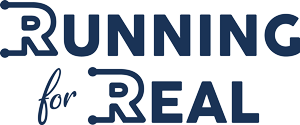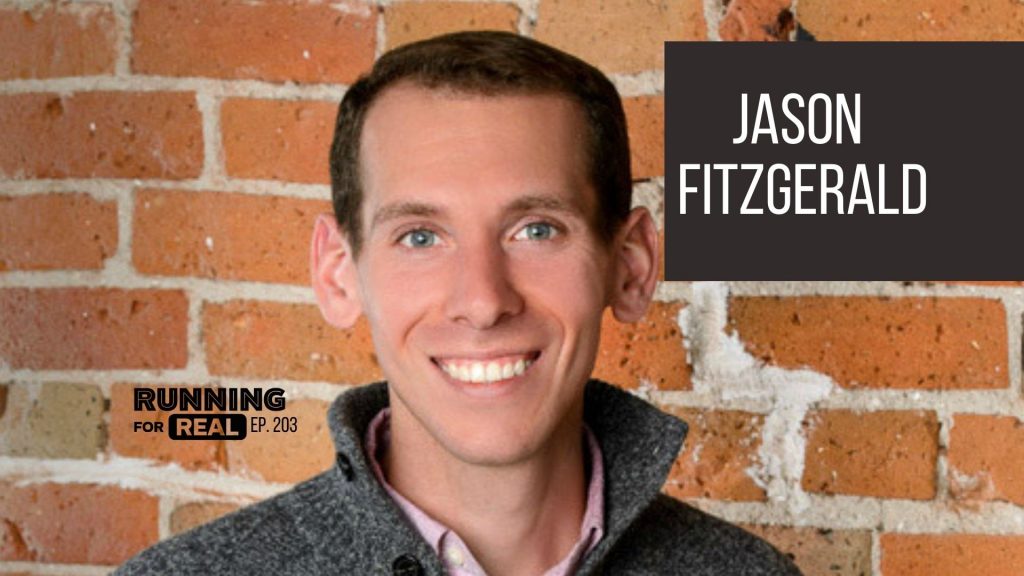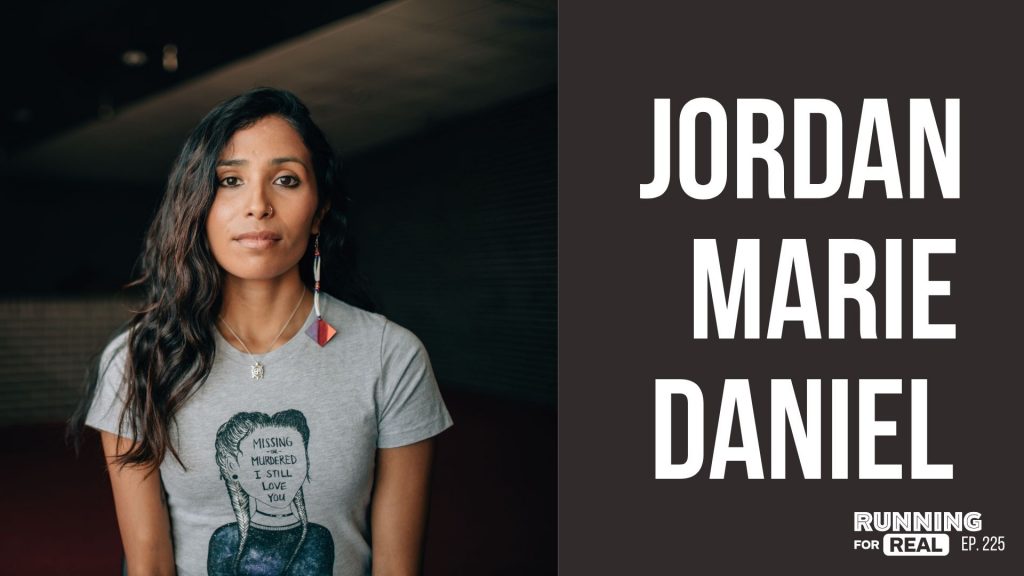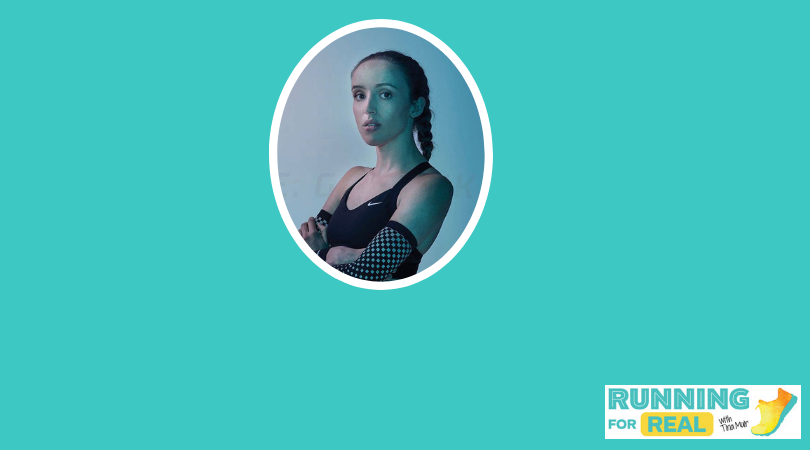Many people attempt to qualify for the Boston Marathon for years before they succeed, and many more never achieve that goal. Robert Jackson BQ’d with his first marathon, and this year he not only ran the iconic race for the third time, but was one of the panelists on a Black Unicorn live podcast at the Expo. Now he has his sights set on the 2028 Olympic Trials, but that’s not the only challenge he’s taking on; he’s also determined to overcome an eating disorder.
Listen to the Running for Real podcast here:
Apple (iTunes) Podcast | Sticher | Castbox | Overcast | Spotify | Google Play | iHeartradio |
As a child, Robert recalls, “You’d have to pay me with cookies or some type of junk food to get me to run. I hated running.” The cookies and junk food are in the past now; he suffers from orthorexia nervosa, an obsession with healthy eating. “I’ve been working on it over the last two years,” he says, “but I’m not going to sit here and lie and say that it’s completely gone or that I don’t feel like I can eat a lot if I don’t run a lot that day. But the eating disorder has gotten better. I’ve increased my calorie sum; it’s still nowhere where it needs to be, but I’ve noticed just in the last half year, by increasing my calories just a little bit, the progress that I’ve made. And my coach keeps telling me once I get my eating down, it’s going to be a scary sight because that’s what really fuels the body. So I’ve got to work on that, as much as I love to run and love to do all these workouts. I need food to go with it.”
Initially though, being around other runners heightened his issues with food. “When I first got into running, when I started taking it seriously, I was intimidated. One, I’m one of the only Black guys at the start line. So that’s a little intimidating. On top of that, these guys are, no offense, they’re like skinny toothpicks. They look fast. Like these dudes look fast. And me, I’m not typically built like a runner. So I’m like, ‘Man, these guys are faster than me; they look legit.’ I just look like I’m out here trying to get some exercise, some cardio, because I lift weights. So that was a lot to get over at first.
“But then, as I got faster and faster, I started to think to myself, ‘I don’t need to actually look like a toothpick.’ I was like, ‘I beat him. I beat him. I beat him, him. But he looks like that. He looks like that. And I look like this.’ So at the end of the day, you can look however. It’s all about the work that you put in. But at first I would definitely say I was intimidated by the color, by skin and body type for sure.”
It’s been a decade since it was acknowledged that men suffer from underfueling and the term “female athlete triad” was supplanted by Relative Energy Deficiency in Sport (REDs), but eating disorders are still largely thought of as afflicting women. Robert hopes that by sharing his story, he can help other men who struggle with their relationship with food.
“When it comes to eating disorders, let’s be honest, and more power to the females because they speak up about it, but it’s mostly females that are going to speak up about it. Guys don’t do that because they feel a sense of embarrassment or that it’s just not a guy thing. When I first came out with this, you’d be shocked about how many people inboxed me on Instagram, like, ‘Man, I suffer from this too. It must have took a lot to talk about it.’
“The part that really hit home was I was going to see a psychologist. And like I said, no knock on ladies. But when you think about it, you’re thinking younger teenage girls go through this. I’m in the waiting room. There’s about five girls in there, all teenagers. I’m like double their age. I’m like, ‘This sucks. I’m the only guy, plus I’m double their age. I gotta get better.’ It kind of actually made me chuckle, and at that point, I was glad to seek help.”
He also wants to encourage people of color to run. “Running long distance, in the Black culture, it’s just not there. I don’t know if that’s because they see the guys in the short shorts and the pencil tank tops. It’s not much appeal. Now you look at track, they got the guys with the necklace, tats, tight suits. So I know when I got into running, I was like, ‘Okay, I already don’t look like these guys. So I just might as well look different.’ I made my own little logo, got my own little RJ; I put that on my stuff. And then I wear a headband. I got the necklace. I’m tatted. That’s different from what you see though. Most of those guys in the elite group aren’t looking like that. And it just is what it is.
“But then after a while, I started posting stuff on social media, my Black followers would ask questions and be like, ‘Man, you really do this. You make it look cool.’ Yeah, I wish I made it look easy, instead of making it look cool. But I have people of color in my inbox that ask for tips. They want to get into running, but the first thing is, they think they have to be fast. You don’t have to be fast to run. All you gotta do is put one foot in front of another. And me personally, I’m not going to knock anybody that doesn’t run a certain speed. ‘Cause at the end of the day, I’m not running certain speeds that I want to hit. So who am I to make fun of somebody or even talk about somebody that’s not hitting speeds that they think are fast or slow?”
At the Boston Marathon this year, he was proud to be chosen to represent his community by taking part in a live podcast presented by the Black Unicorns. “As far as the Black representation [at Boston], it’s slim for sure. I mean, 1% of runners can run sub three. And then on top of that, you gotta do it while Black. There’s just not that many to begin with. So when I am at Boston, I try to carry myself a little differently, make sure that I’m being a good representation of the Black community.
“And on top of that, it’s important for me to run well there. I mean, it’s important for me to run well anywhere, but when I’m there, I’m trying to make the community proud and doing that Black Unicorn event, it’s really cool. ‘Cause without them, even when you walk around for the Boston Marathon, you’re not going to see that many African -Americans in one spot. So it’s cool that we get honored at that event.”
His advice to other runners, or would-be runners, is “Really put your goals out there. Don’t be afraid of what people are going to say. I know I was afraid at first, but after that, I come out and say it, and if people laugh at you, just make sure you get the final laugh. Do that.
“And then at the end of the day, just have fun with it. It is grueling. Sometimes I wake up in the morning, I’m like, ‘Why? Why did I choose this lifestyle? Why am I running at 4:30 in the morning?’ But I get the job done. Just stick with it. That’s all I have to say. Stick with it; fight through it. It’s going to be good at the end of the day.”
Resources:
Tina’s RED-S resource on YouTube
Private (but free) RED-S resource
Tina’s article on beginning her RED-S recovery journey
Thank you to Runna, AG1, and HydraPak for sponsoring this episode.

Runna is on a mission to make running as easy, effective and enjoyable as possible by providing personalized running plans built by Olympic athletes and expert coaches. They have plans for runners of all abilities, from Couch to 5K to elite level, and offer strength, mobility, and Pilates plans to integrate with your running. They even have a community section on the app, where you can connect with like-minded runners.
There’s a reason why they’re the #1 rated running app in the world – go here and use code RUNNINGFORREAL to get two weeks free!
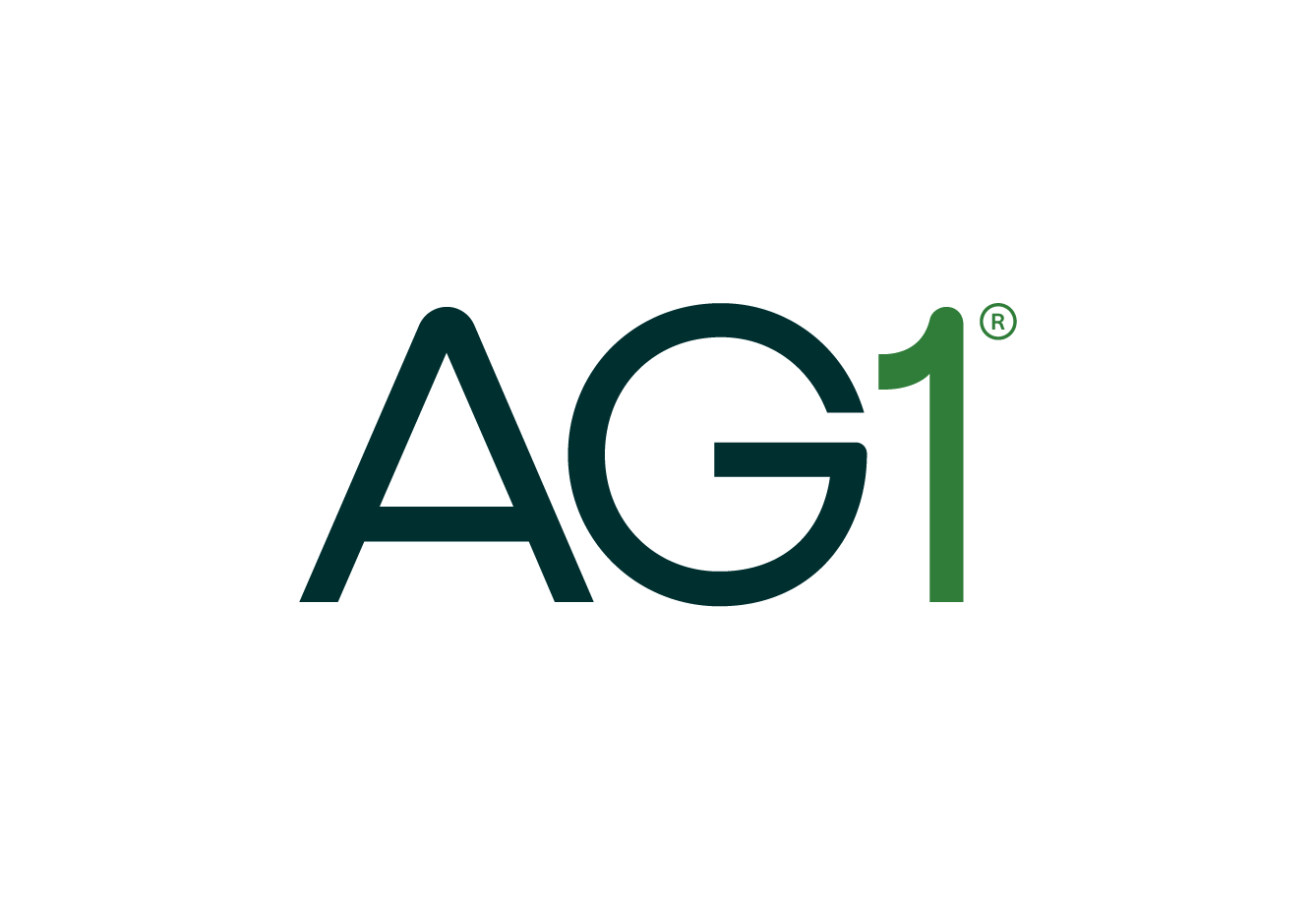
AG1 is a foundational nutrition supplement that delivers daily nutrients and gut health support. Unlike so many products, the entire formula is backed by research studies, not just the ingredients. AG1 is packed with a variety of nutrient-dense ingredients and is the perfect complement to a healthy diet.
It’s easy and satisfying to start your journey with AG1. Try AG1 and get a FREE 1-year supply of Vitamin D3K2 AND 5 free AG1 Travel Packs with your first purchase here.

HydraPak is continually looking for ways to help runners and their communities lessen their environmental footprint. Their reusable hydration products are aimed not only at supporting athletes in pursuit of their personal goals, but at reducing single-use waste.
Most recently, they unveiled their Cupless Racing Partnership Program, designed to support trail and road races across the country in eliminating race day waste by offering their collapsible and reusable SpeedCup as an alternative to single-use cups at running events.
You can find out more here.
Thanks for listening!
If you haven’t already, be sure to subscribe on Apple, Spotify, iHeart, YouTube, or wherever you get your podcasts. And if you enjoy Running for Real, please leave us a review!
Keep up with what’s going on at Running for Real by signing up for our weekly newsletter.
Join the newsletter
This is not your usual email newsletter. With Tina’s personal reflections and recommendations, suggestions of things to do, thoughts to contemplate, and some updates, this newsletter is one that you’ll WANT to read, not hit “delete” as soon as you see it.
Follow Tina on Instagram, Facebook, and X. You’ll find Running for Real on Instagram too!
Want to be a member of the Running for Real community? Join #Running4Real Superstars on Facebook!
Subscribe to our YouTube channel for additional content, including our RED-S: Realize. Reflect. Recover series of 50+ videos.
Thank you for your support – we appreciate each and every one of you!
